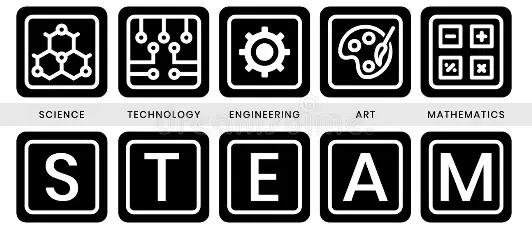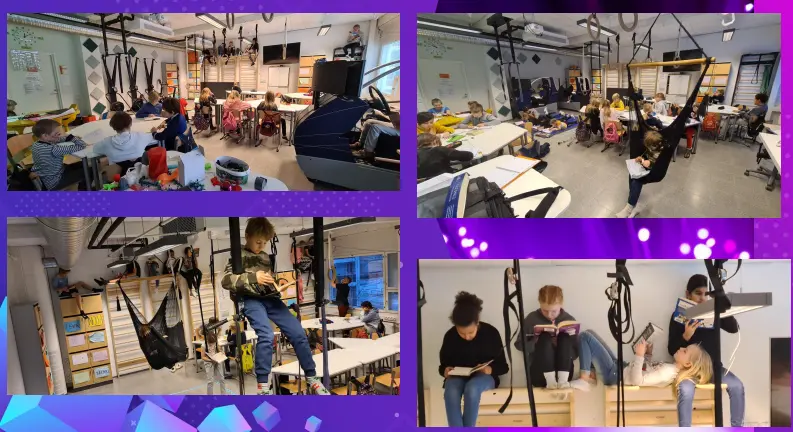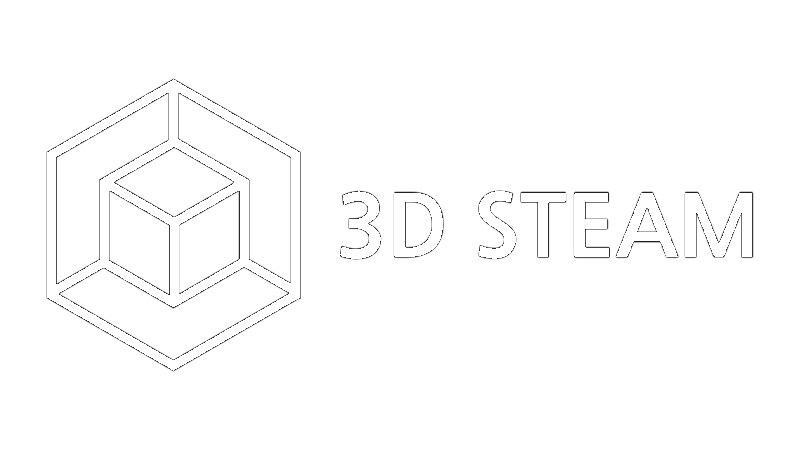Project Aims
3D printers are one of key technologies of future. They are already applied in small-series production like rapid prototyping in industry or making individual jewellery in arts. Our former experience shows that the 3D printing can serve in almost any human activity. To benefit of them, 3D printing techniques should become a part of education. Due to their general applicability of these techniques, they are an optimal component of STEAM-oriented classes.
The 3D printing is a rather slow and expensive process. To prevent faults and to produce a perfect output, it is important to view its 3D geometric model in advance. It means, the educational process must include both parts: 3D modelling and 3D printing. The 3D STEAM project addresses all educational activities from the preparation of teaching philosophy to preparation of courses and their testing in classrooms and laboratories. Finally, we will share our experiences with everyone interested.


The works are done in steps. First, the extent of application of 3D modelling and printing at schools of all levels is mapped and analysed. The outcomes serve for developing an optimal didactical concept for introducing relevant content and its inclusion to the current curricula. The didactical concept is then expressed in the form of teacher guidelines – a set of recommendations for educators exploiting our results in their classes. To those willing to develop their own task, the didactical concept can serve as a guide helping them to optimize their preparation activities, to minimize blind ends and to avoid blunders.
Based on the didactical concept, sample model activities and learning materials will be developed. On one side, they will demonstrate the principles of didactical concept, on the other side, they will test the appropriateness and, if needed, lead to its improvement. The activities will address both Math and non-Math students.
University students (primarily pre-service teachers) will be the first trainees. Their feedback will serve for the next trainings and collecting best practices. The courses will then be transferred into the MOOC format and disseminated using available channels including summer schools, webinars, training of in-service teaches etc. Appropriate teaching and learning materials for their participants will be available.

